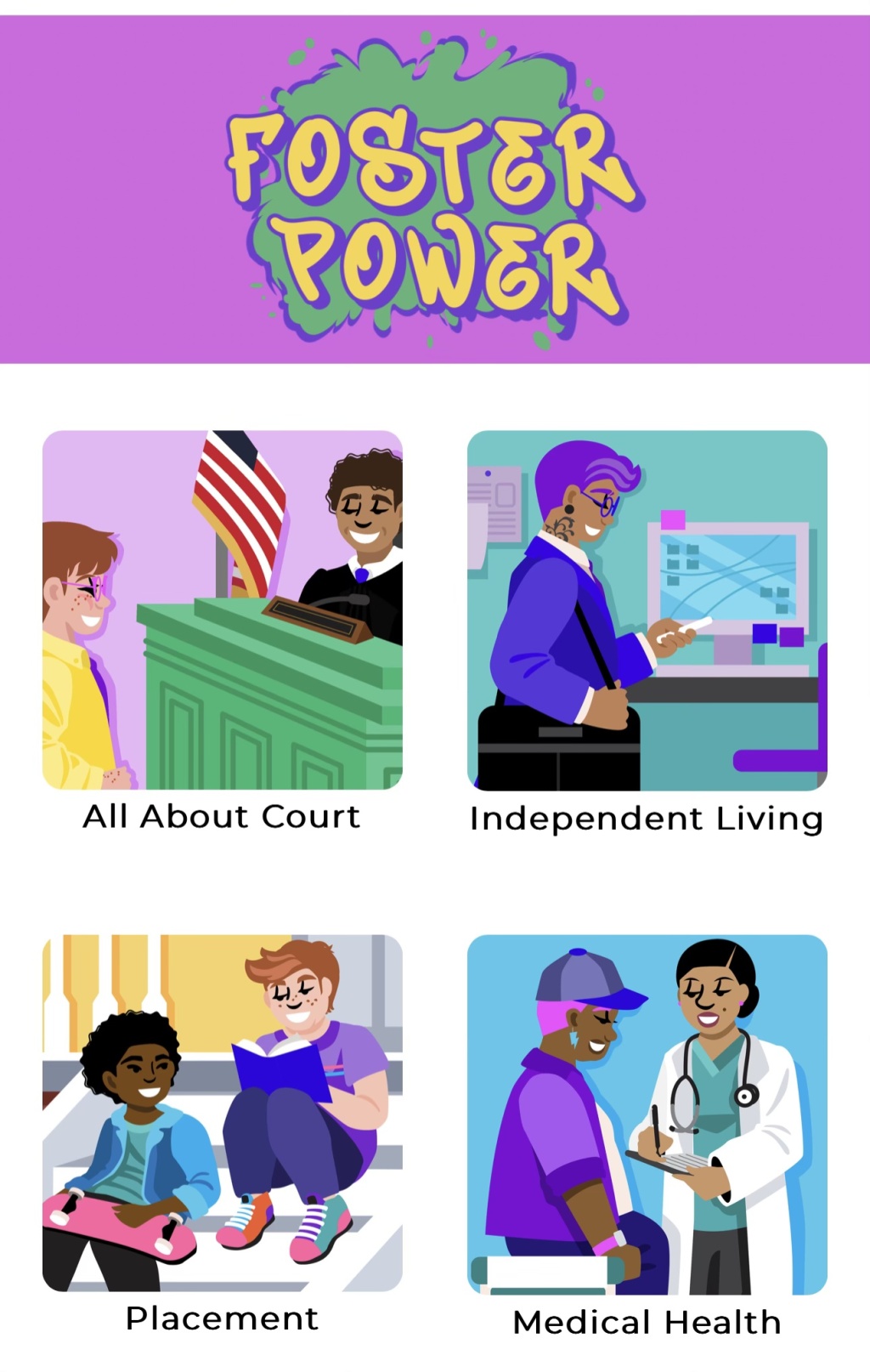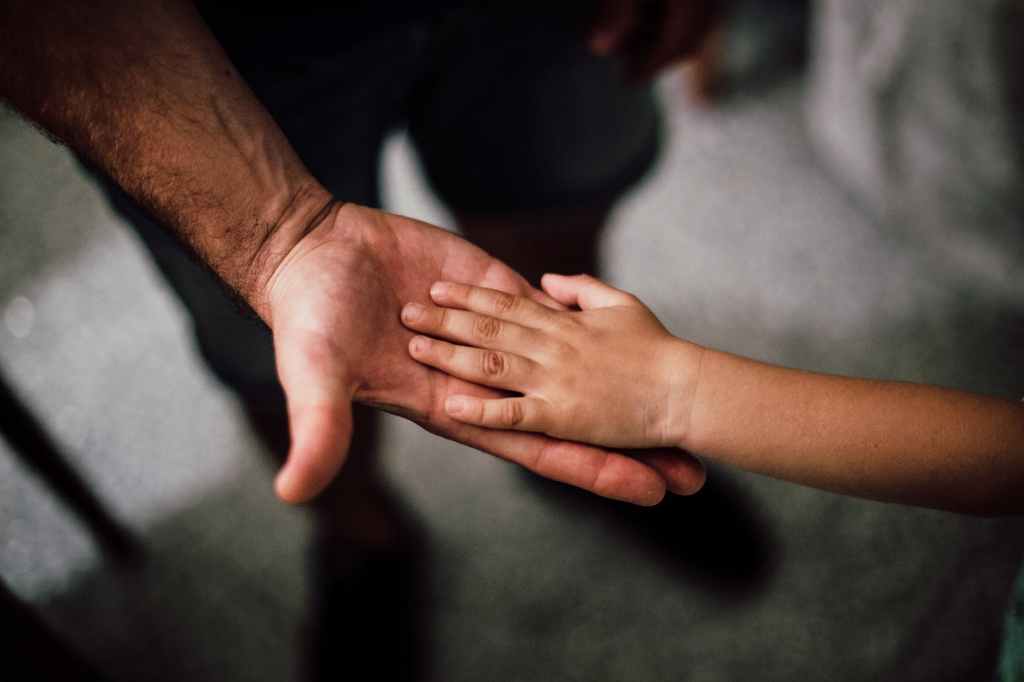Each Friday, I have the pleasure of joining legal journalists from the U.S. and U.K. to talk about the latest legal technology news.
Bob Ambrogi hosts the Legaltech Week in review, which is recorded live via Zoom and posted shortly afterward as a podcast.

Because I’m fairly obsessed about access to justice and how the courts in particular are responding to the pandemic, I tend to pull legal tech news from that space.
This week I returned to the first Zoom trial in Collin County, Texas, a non-binding jury trial involving an insurance dispute over hail damage.
Besides being unique as a trial with jurors selected over video, hearing arguments, and rendering a verdict, this case offered a window into what’s possible for the future of jury trials. Or I should say, some jury trials.
Before reading about the experiences and hearing from one of the judges in this case, I would have been in the camp that resisted holding jury trials in virtual environments. Now I can see the value of virtual trials for a number of types of cases, including lower-level disputes, and other regimented processes, like grand jury proceedings.
I’m not a hundred percent on board with this approach, but this case has moved me in that direction. That’s not because of the convenience, but because at least in this initial case, the experience was viewed as improved by those participating. Both lawyers and jurors gave the process a thumbs up.

For the jurors, they were able to see evidence much more clearly. And they could see witnesses close up. Think about that. The virtual trial offered a more intimate experience with witnesses.
As a longtime legal affairs reporter, I’ve spent many hours sitting in courtroom gallery covering court proceedings. In those cases, I never got an up-close view of the evidence or the jurors. Even with cameras in the courtroom, those camera positions were from the back of the courtroom. Jurors, while most often closer than the press positions or public seats, are similarly limited by what they can see. Time and more cases will tell whether jurors are more or less attentive in cases conducted via video technologies.
What was more surprising is that the lawyers also were happy with the process, at least jury selection. They reported in Texas that prospective jurors were more forthcoming and more relaxed when answering questions before being seated.
The court was also pleased with the experience, though more cautious about moving forward too quickly with other cases. The court’s cautions are many and include jury diversity and the integrity of deliberations.
The court is still working to ensure the process is fair and just. That means that the jury pool needs to be diverse and doesn’t exclude people because they don’t have a wifi connection.
The court also needs to work through how to provide tech support for participants. Judge Emily Miskel referred to that role as a “high-tech bailiff,” the person who in-person makes arrangements for and responds to the needs of deliberating jurors.
Miskel shared the experience during a National Center for State Courts webinar about resuming jury trials during the pandemic.
The webinar series is likely to continue with more lessons learned from courts across the U.S. I’ll be watching and learning.





Leave a comment